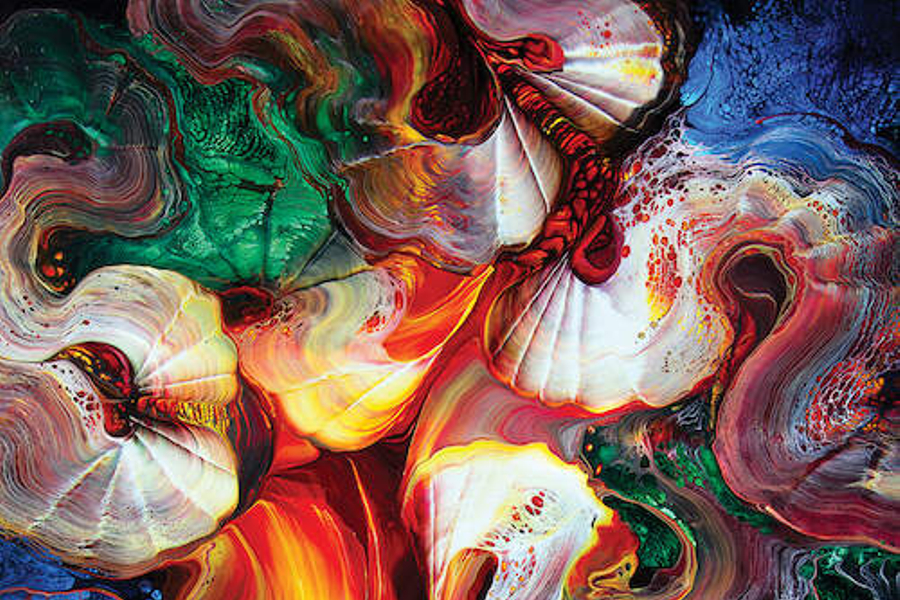Abstract painting is a unique genre of painting that focuses on non-representational forms and shapes, making use of various colors, lines, and textures to create an impression or convey an emotion. One of the key elements that make abstract painting stand out is the use of texture, which can add depth and movement to a piece. In this article, we will explore the different techniques for creating texture in abstract painting and how to use it to enhance the overall composition of your artwork.
Contents
Understanding Texture in Abstract Painting
Texture refers to the physical quality of a surface, including its smoothness, roughness, or the way it reflects light. In abstract painting, texture is used to add interest and dimension to the artwork. When you add texture to your painting, you can create a more tactile and immersive experience for the viewer, making the artwork feel more real and alive.

Types of Texture in Abstract Painting
There are many different ways to create texture in abstract painting. Some of the most common techniques include:
1. Impasto
Impasto is a technique where thick paint is applied to the canvas using a palette knife or brush. This creates a three-dimensional effect on the canvas, as the paint rises off the surface.
2. Collage
Collage is a technique where different materials, such as paper, fabric, or found objects, are glued to the canvas to create a textured surface.
3. Sgraffito
Sgraffito is a technique where the top layer of paint is scratched off to reveal the layer underneath. This creates a textured effect that is both visually interesting and tactile.
4. Stippling
Stippling is a technique where small dots or dashes are used to create a textured effect. This technique is often used to create a pointillist effect, where small dots of color are used to create an overall image.
Using Texture to Create Depth and Movement
Texture can be used to create depth and movement in abstract painting. Here are some tips for incorporating texture into your artwork:
1. Experiment with Different Techniques
Try out different techniques for creating texture to find the ones that work best for your artistic style. Don’t be afraid to experiment with different materials, tools, and techniques to create unique and interesting effects.
2. Layer Your Textures
Layering different textures on top of each other can create a more complex and interesting surface. For example, you might apply a layer of impasto, followed by a layer of collage, and then scratch off some of the top layer to reveal the layer underneath.
3. Play with Color
Using different colors in your textures can create a more dynamic and visually interesting surface. Try using contrasting colors or complementary colors to create a sense of movement or tension in your artwork.
4. Use Texture to Create Focal Points
Texture can be used to draw the viewer’s eye to specific areas of the painting. For example, you might use a heavily textured area to draw attention to a particular element or object in the artwork.
Conclusion
Texture is an essential element of abstract painting that can add depth, movement, and interest to your artwork. By experimenting with different techniques and incorporating texture into your artistic process, you can create unique and visually compelling pieces that stand out from the crowd.




[…] by Persian art and often depicted scenes from court life or religious themes. The artists who created these paintings were highly skilled, and their work was characterized by its attention to detail and use of vivid […]